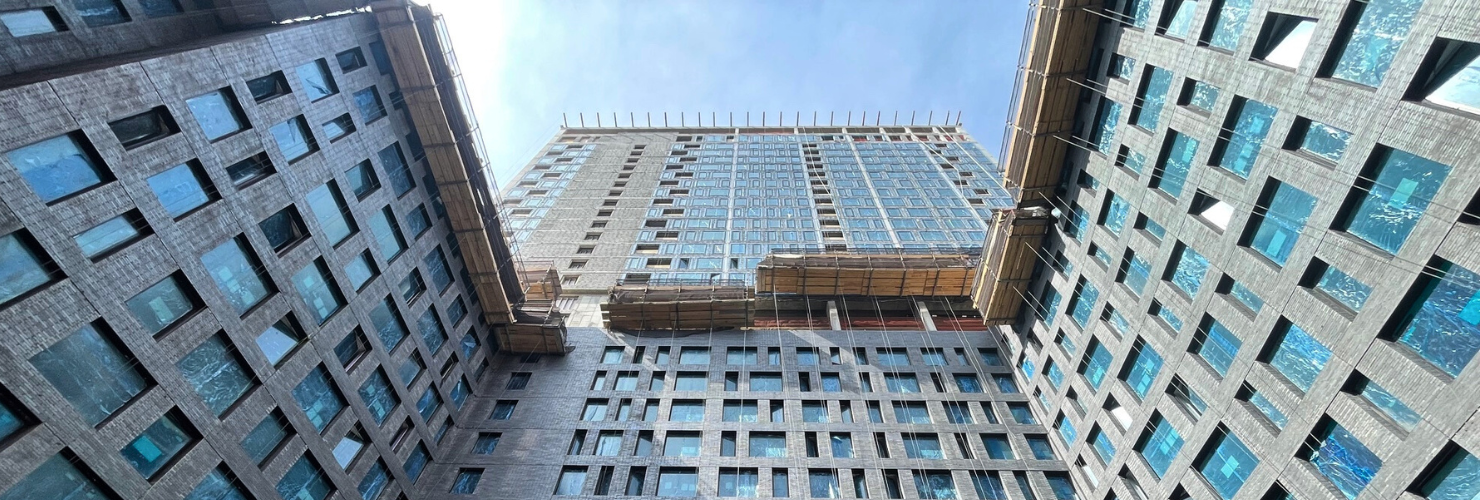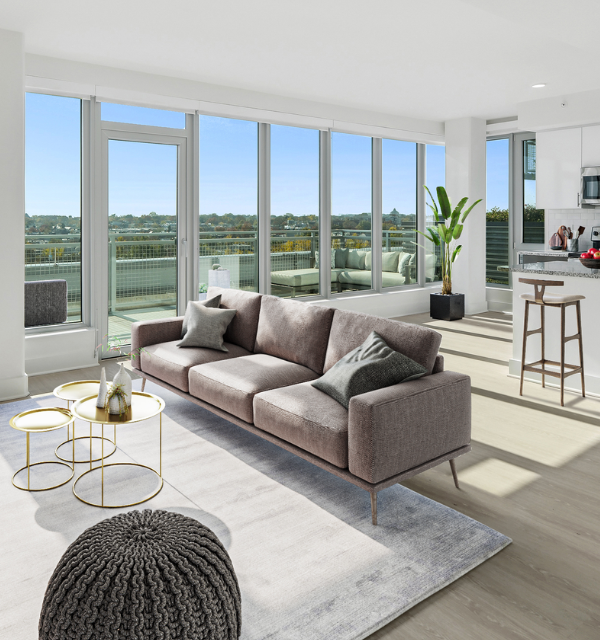- TAGS: Development
- Link Apartments
Link Apartments℠ QPN Construction Update
September 17, 2024
Construction continues to progress at Link Apartments℠ QPN, 25-01 Queens Plaza North in the Long Island City neighborhood of Queens. The community will deliver essential housing units to one of the most supply-constrained areas in the United States.

“The severe shortage of apartments in New York City broadly and Queens specifically has been quite challenging for middle- and low-income renters,” says Clay Grubb, CEO of Grubb Properties. “We’re excited to bring much-needed essential housing and enhanced transit accessibility to Long Island City with Link Apartments℠ QPN.” He notes that rents in Queens continue to march higher, with the median asking rent rising 4.07% year-over-year in August 2024, according to a recent report by the real estate firm M.N.S. Real Estate.
Upon its expected completion in spring 2025, Link Apartments℠ QPN will deliver 417 residential units, with 124 reserved for below-market-rate housing. The community will rise 311 feet over 26 floors upon completion and will feature 6,920 square feet of retail space.

During the summer, the construction team continued work on the exterior façade brick. Window installation followed closely behind.
Inside the building, crews continued framing, reaching the 21st floor of the corridors and the 16th floor of the residential units in July.

Link Apartments℠ QPN is located in a Qualified Opportunity Zone.
The project also represents a unique public/private partnership. Grubb Properties joined with the Department of City Planning and Metropolitan Transportation Authority to participate in New York’s Zoning for Accessibility program. In exchange for additional density at Link Apartments℠ QPN, Grubb Properties is making the Queensboro Plaza subway station fully accessible by adding a 24/7 street-level elevator. This marked only the second use of the Zoning for Accessibility program and the first outside Manhattan.

“A key attraction of the Link Apartments℠ QPN site is its proximity to public transportation. We were thrilled to work with the city to make the station more accessible,” said Grubb. “The public/private partnership serves as a reminder that developers and governments can work cooperatively to solve both housing and transit challenges.”



 |
|







